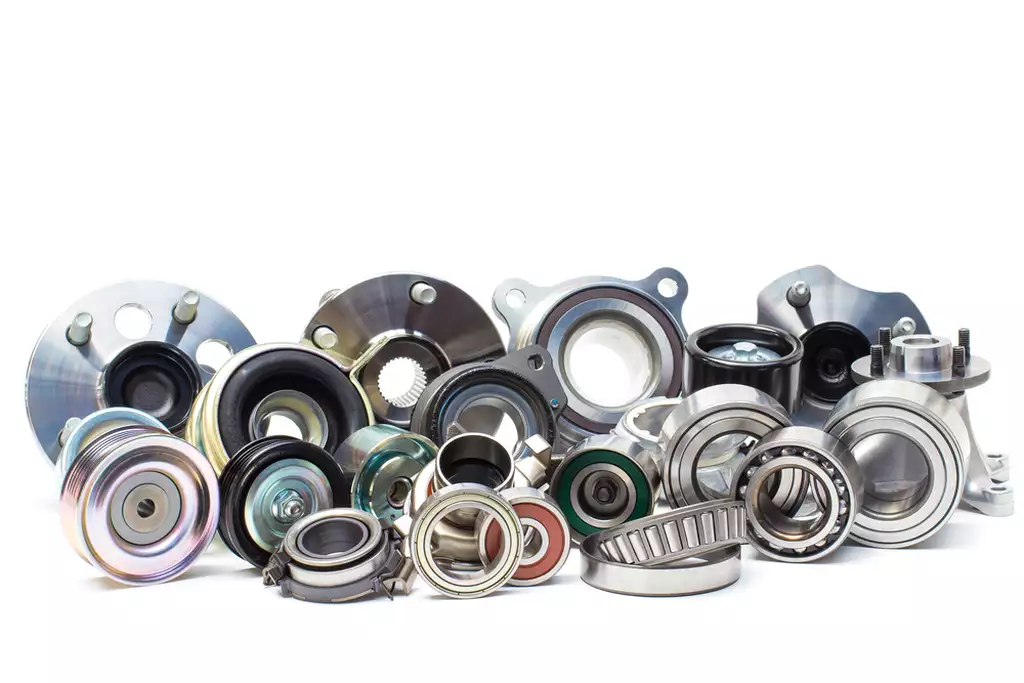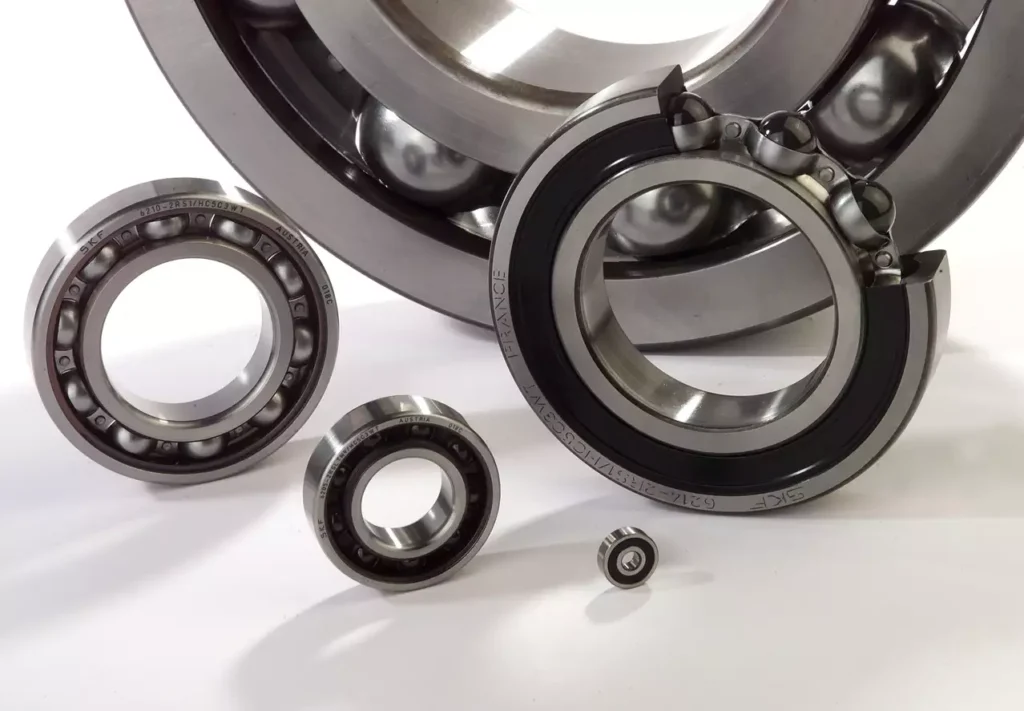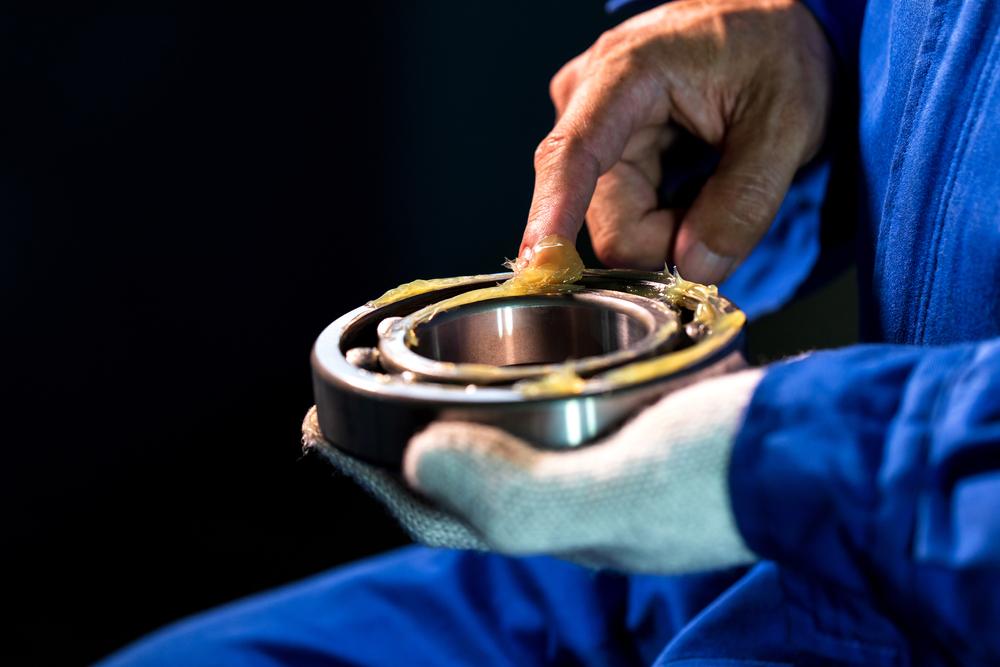What is a bearing and what are its applications? This technology is used in many different industrial and commercial applications. Some bearings are found in everyday objects, such as watches, clocks, fans, and other machines. Bearings are essential to an efficient machine operation as they allow for smooth movement. They have evolved from simple to more complex designs over time. Today’s bearings use advanced materials and manufacturing methods to offer better performance. Bearings are essential to the operation of most machines. By understanding how bearing technology works, you can improve the reliability and performance of your machinery.
In this article, we will discuss various types of bearings and their technology, as well as how they affect the average person’s life. We will also discuss various applications of bearings and how they work together to create a seamless cycle of motion. Finally, we will outline the inspection process used for bearing products so you can understand why they must be inspected before they are used in vehicles or other products.
How do bearings work?

Source: jvnbearings.com
In simple terms, bearings are devices that allow mechanical movement between two points. They are found in practically every device we use daily, from cars to house appliances. They are essential to the operation of devices that work with rotary motion, such as motors, fans, and compressors. They free the component from contact with the supporting shaft, allowing it to rotate with less friction. If you want the bearing fully supported, then you will need take-up housing units Tuli.
Bearings must meet certain performance requirements to perform their function correctly. They have a wide range of applications, including machines used in manufacturing, transportation, and construction. They are available in a variety of sizes and shapes and can be configured in a variety of ways to suit specific needs.
There are many reasons why you might need to replace these parts in your equipment. In some cases, they may just need cleaning and lubrication, while others may need to be replaced entirely. However, before you go out and buy new bearings, there are a few things you should know about them.
- Bearing replacement is an important part of maintaining the health and longevity of your machine.
- It’s important to know what type of bearings you need before purchasing them.
- Bearing replacement can be expensive
When it comes to the technology behind the parts, it has come a long way in recent years. Bearings have become more reliable and affordable, which has made them a popular choice for virtually every type of industry. Bearing failures can be serious, so it’s important to know the technology behind them. There are a variety of different bearing technologies available on the market today, each with its own set of benefits and drawbacks.
Type of bearings

Source: auto.economictimes.indiatimes.com
There are many applications for spherical plain bearings, such as in automotive suspension, agricultural machines, wind turbines, and marine engineering. They can provide an economical solution to high-quality performance. When choosing a spherical plain bearing, you should consider its design parameters and compare it with other alternatives. The most common type is the journal bearing also known as ball bearing. There is also the self-aligning spherical plain bearings which are particularly effective for moving assemblies that need to be precisely positioned. Ball bearings are most commonly found in machines that require high speeds, like electric motors and rotary drilling machines. They are made from multiple precision balls that run on an oil or grease Inside the ball, embedded magnets maintain the oil or grease levels so that it doesn’t mix with the metal balls. This type of bearing allows for quick speed changes and is used in devices where precision is key, like medical devices and aerospace equipment. This type of bearing tolerates a high amount of pressure and can operate under a variety of environments. They are also very affordable and can easily be replaced when they start to fail.
Roller bearings and cages are critical components in many industrial motors and generators. They are used in a wide variety of applications, from automotive to industrial machinery. They are essentially small metal balls that rotate on an axis. They provide smooth and efficient movement for their associated object or system. Roller bearings can last for a long time with proper care. The bearings and cages are held together by ball-and-socket joints. Ball-and-socket joints use a small spherical bearing at one end, and a corresponding socket at the other. The socket attaches to the shaft of the bearing, while the bearing itself is placed inside the socket. This allows the joint to move smoothly along the shaft. Roller bearings and cages come in different designs and sizes. For example, some have anti-stick coatings that help prevent debris from getting stuck in the Bearing’s groove. Other common features include hardened steel balls, replaceable pins, and raceways for cooling water.

Source: treetop.pl
Are they safe for use?
Bearing inspection is done to ensure that the components match and that all required specifications have been met. There are several reasons why bearings need to be inspected before use. For example, if there is damage to the bearing or if the tolerances are not met, this could cause the machine to fail. In some cases, this could be fatal. By inspecting bearings before each use, we can ensure that these risks are minimized. Inspection ensures that you receive the highest quality product possible, which will save you time and money in the long run. Additionally, it reduces the incidence of failures which can lead to fines or even lawsuits.
Through this guide, together we have learned many important things about bearings. What is their function and how do people use them in their daily lives, why is it important to replace them regularly and what does this mean for certain machines in industries? What types of bearings are there and much more? Finally, I just want to remind you to be very careful where you get them from and where you replace them.



